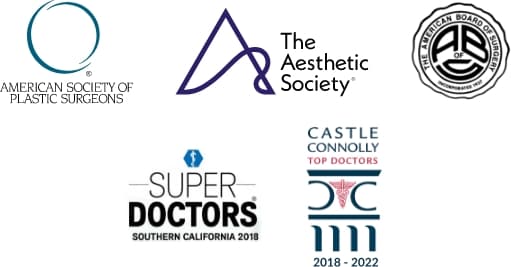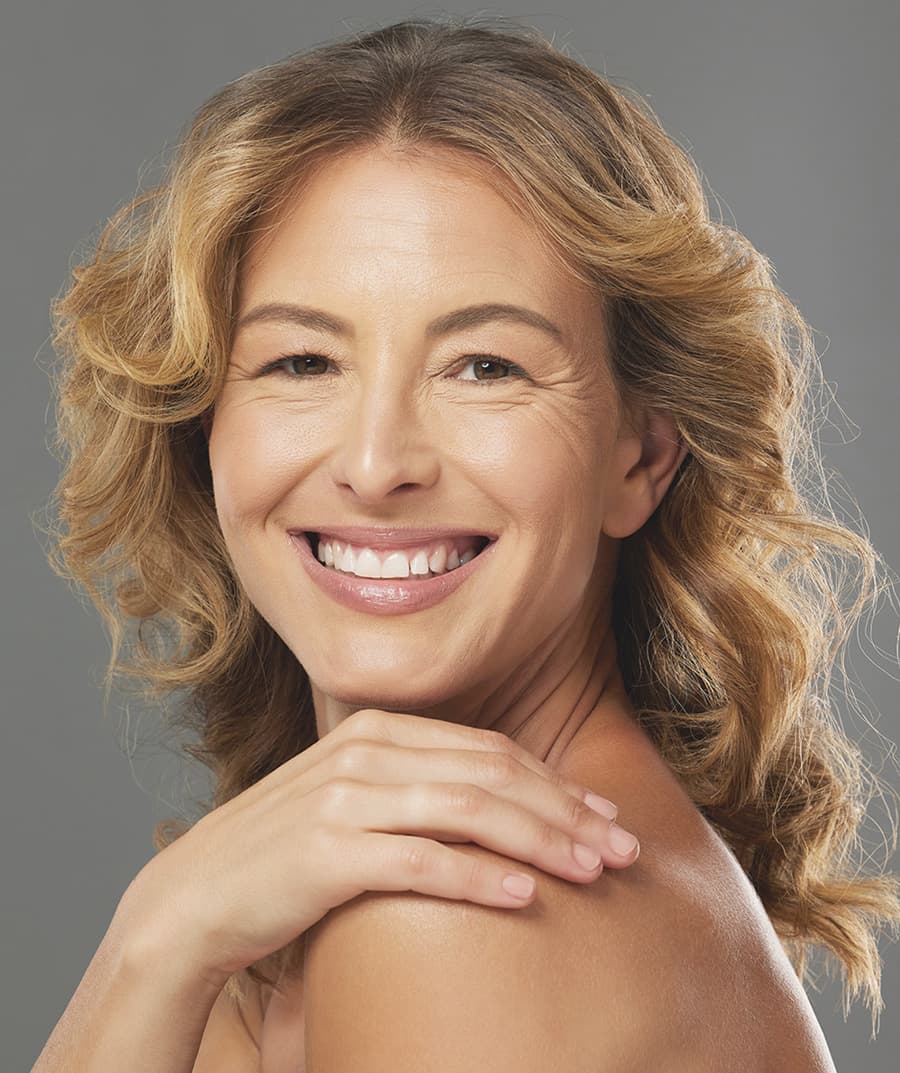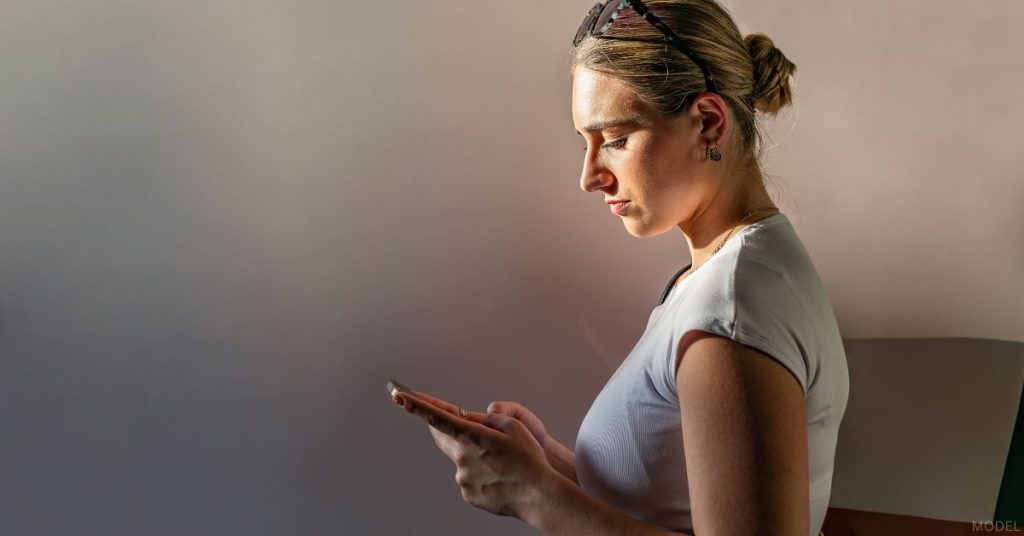Dr. Richardson and Dr. Memsic are two of the top breast surgeons in Los Angeles, using innovative techniques to create excellent clinical and aesthetic outcomes.
Schedule a Visit
Bedford Breast Center
436 N Bedford Dr, Ste 308
Beverly Hills, CA 90210
Phone: (310) 278-8590
Monday – Friday: 9 a.m.– 5 p.m.
Breast Biopsy
We perform a breast biopsy at our Beverly Hills center serving Greater Los Angeles to identify the nature of a lump in the breast by removing a small sample of breast tissue for laboratory testing. This diagnostic procedure is the best way to evaluate a suspicious area to determine if it is cancerous.
What Is a Breast Biopsy?
Breast biopsy involves the removal of tissue or fluid from the area of a lump. The cells are then examined under a microscope and further tested to check for breast cancer. Noninvasive breast screening measures can detect a suspicious growth within the breast, but a biopsy is the only way to identify a potential malignancy.
The pathologist studies the sample to determine if cancerous cells are present and, if so, to evaluate their specific characteristics. Only about 20% of biopsies of American women are cancerous.
There are 3 types of breast biopsy procedures:
- Fine-needle aspiration biopsy
- Core-needle biopsy
- Surgical biopsy
The core-needle and surgical biopsy are the most commonly used breast biopsy procedures.
To learn more about breast biopsy, please visit medlineplus.gov
What Determines the Type of Biopsy Performed?
Several factors help the doctor decide which type of biopsy to recommend, including how suspicious the lump looks, its size and location, the number of lumps present, and any additional medical problems you might have. Your doctor can explain the advantages and disadvantages of the different procedures.
Before scheduling a biopsy, your doctor should tell you:
- The results of your mammogram or any tests that indicate the need for a biopsy
- The location on your breast where the biopsy will be performed
- When and how you will receive the results of your biopsy




What Is a Fine-Needle Aspiration Breast Biopsy?
A fine-needle aspiration biopsy uses a very thin needle attached to a syringe to withdraw tissue or fluid from a suspicious area. Your doctor may choose to conduct a fine-needle aspiration when the lump is easily accessible or if they suspect that it may be a fluid-filled cystic lump.
During this type of breast biopsy procedure, the lump should collapse once the fluid inside has been drawn and discarded. An ultrasound may sometimes be used to help your doctor guide the needle to the exact site.
A fine-needle aspiration biopsy can sometimes miss a cancer diagnosis if the needle doesn’t get a sample from the precise area of the cancer cells. A second or a different biopsy method should be done if the results do not provide a clear diagnosis.


- No Compression - Comfortable, pain-free imaging
- Open Design - Won't trigger claustrophobia
- Ideal for Dense Breasts - Advanced detection with contrast
- Fast Results - Complete scan in under 10 minutes
Vera Scan with contrast provides enhanced detection comparable to MRI, delivering precise, accurate diagnosis in a fraction of the time.
Call (310) 278-8590 to reserve your appointment.
Is Vera Scan Right For You? Take The QuizWhat Is a Core-Needle Breast Biopsy?
A core-needle biopsy is like a fine-needle biopsy but uses a slightly larger, hollow needle to remove a small amount of tissue from an abnormal area in the breast. It is usually performed under local anesthesia, meaning you are awake, but the breast is numbed.
The needle is typically inserted between 2 to 6 times to collect multiple samples. Specialized imaging equipment, such as an ultrasound, may be used to guide the needle accurately to the target site.
Some bruising can occur, but this procedure usually does not leave scars on or inside the breast. Fewer side effects are associated with core-needle biopsy than with surgical biopsy.
“Highly highly recommend this center. I have had multiple mammograms here over the years but I recently had to have a procedure there called a vacuum extraction biopsy and the whole experience was a pleasure (as far as medical procedures go.) I was seen by [the PA], who was absolutely lovely, caring and an excellent practitioner from the consultations, in-house procedure and follow ups. It was easy and quick and I had minimal to zero pain and discomfort after. The medical assistants were also so kind and friendly and efficient, I would give this place 6 stars if I could.”
Stacey K. – Yelp
What Is a Surgical Breast Biopsy?
Most healthcare providers will first try a needle biopsy, but a surgical biopsy may sometimes be necessary. During this procedure, the surgeon makes the smallest incision possible to extract all or part of the lump and often a margin of normal tissue from around it.
A surgical biopsy is performed under local anesthesia, meaning the patient is awake, but the breast is numbed. Since surgical biopsies are more invasive than a needle biopsy, they typically require stitches and leave a scar.
Once the biopsy is complete, a pathologist examines the tissue or fluid samples under a microscope, looking for abnormal or cancerous cells. The pathology report, which provides a detailed account of the pathologist’s findings, can take 1 to 2 weeks to complete and will be sent to your doctor. Your doctor will review the report with you. Treatment options will be discussed if the biopsy results in a cancer diagnosis.
A breast biopsy is typically a simple procedure that can put your mind at ease concerning a suspicious mammogram or a newly discovered breast lump. Remember that most breast lumps are benign. If yours is not, early detection is the key to the best outcomes, and the treatment options available are better than ever before.
Our world-class facility serves patients from Los Angeles throughout Greater Los Angeles, including Beverly Hills, Santa Monica, Malibu, and Glendale. To learn more about breast biopsies, call us at (310) 278-8590 or contact us using the online form to schedule an appointment.



